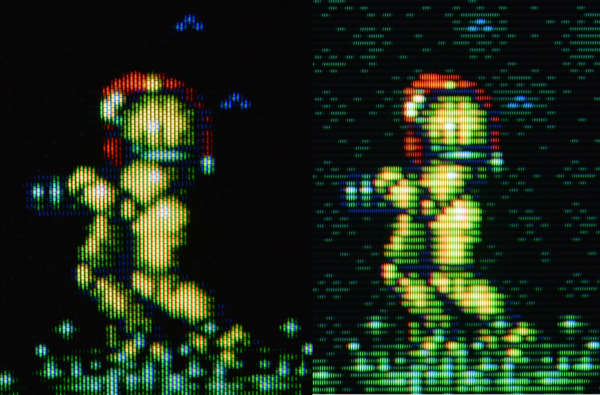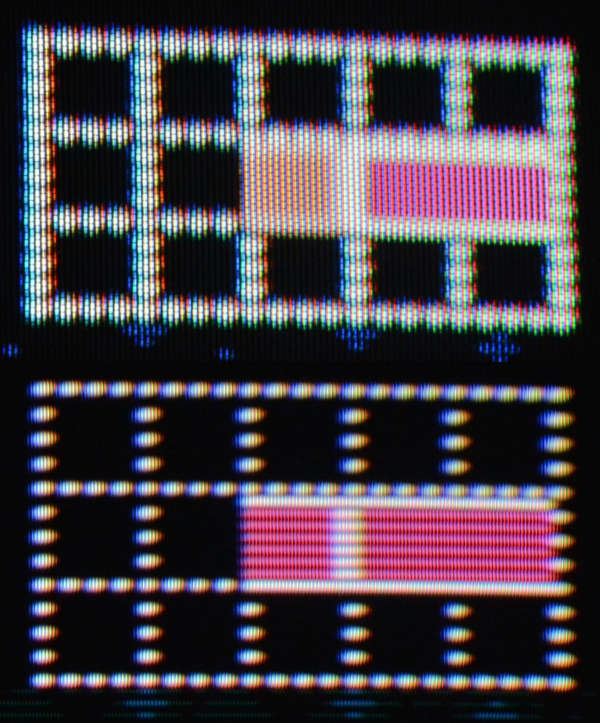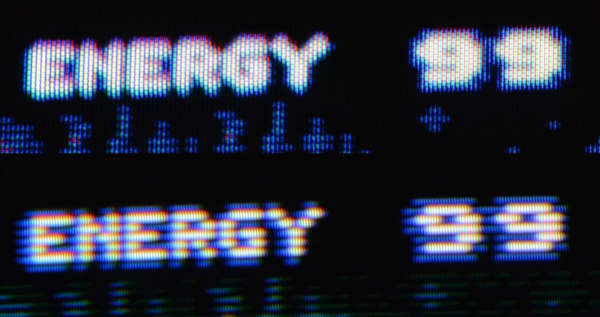Getting a Sony PVM
PVM, standing for “Professional Video Monitor”, is a series of CRT monitors that were produced by Sony for professional applications, primarily for use in hospitals and TV studios. PVM production ended in the noughties and they have since been replaced by LCD monitors, PVMs being then treated as junk and often scrapped. But in recent years PVMs have been re-discovered by retro enthusiasts as great monitors for use with consoles that output analogue RGB video signal (roughly fourth to sixth generation of consoles). This is due to superb image quality offered by PVMs. After all these were professional monitors equipped with electronics whose quality was way above consumer grade TV sets.
In early 2023 I finally managed to get a Sony PVM, which has been my dream for the past three years. There were three main obstacles to overcome in order to make this happen. Firstly, finding a good quality PVM. These monitors are now around two decades old and many units have developed faults such as burn-ins on the screen, geometry faults, etc. Secondly, the supply is short and the demand is high which means that prices have gotten quite high. Thirdly, and this will be trivial, a 20″ PVM weights 30 kilograms and I don’t have a car, making transport from another city a logistical nightmare. Luckily for me the stars aligned in December 2022 and I found a PVM-20M2MDE that was in good condition, at an acceptable price (still expensive, but it was a price I could afford), and in a city where I could make a return trip directly by train in one day. Transporting a 30kg CRT by train turned out to be quite an ordeal but it was definitely worth it.
Here are some photos comparing Super Metroid on Panasonic TX-21S1TCP and PVM-20M2MDE:
The difference in image quality is noticeable immediately, especially when you look at background details, though admittedly colours on the PVM are not as lively. Here are some closeups:
Unfortunately, PVM’s picture quality isn’t perfect due to convergence problems, which manifest primarily at the edges of the screen. You can notice this by looking at the “Energy” text on the photo above and observing how the white letters actually bleed red colour. (They also bleed blue, but since there’s a 1-pixel blue outline around the font you won’t notice it.) This colour bleeding can be fixed but requires disassembling the monitor and adjusting convergence rings on the yoke while the monitor is turned on. Voltage inside a PVM (or any other CRT) can go as high as several kilovolts, so this requires knowledge in order to do it safely. Luckily, Steve from RetroTech has lots of good videos on servicing PVMs and my plan is to go through them and do the convergence adjustments once I feel confident I won’t hurt myself or screw up the monitor.
P.S. Aside from gaming, I found the PVM to be great for watching old anime in 4:3 aspect ratio. At the moment I’m finishing 2nd season of Initial D.




